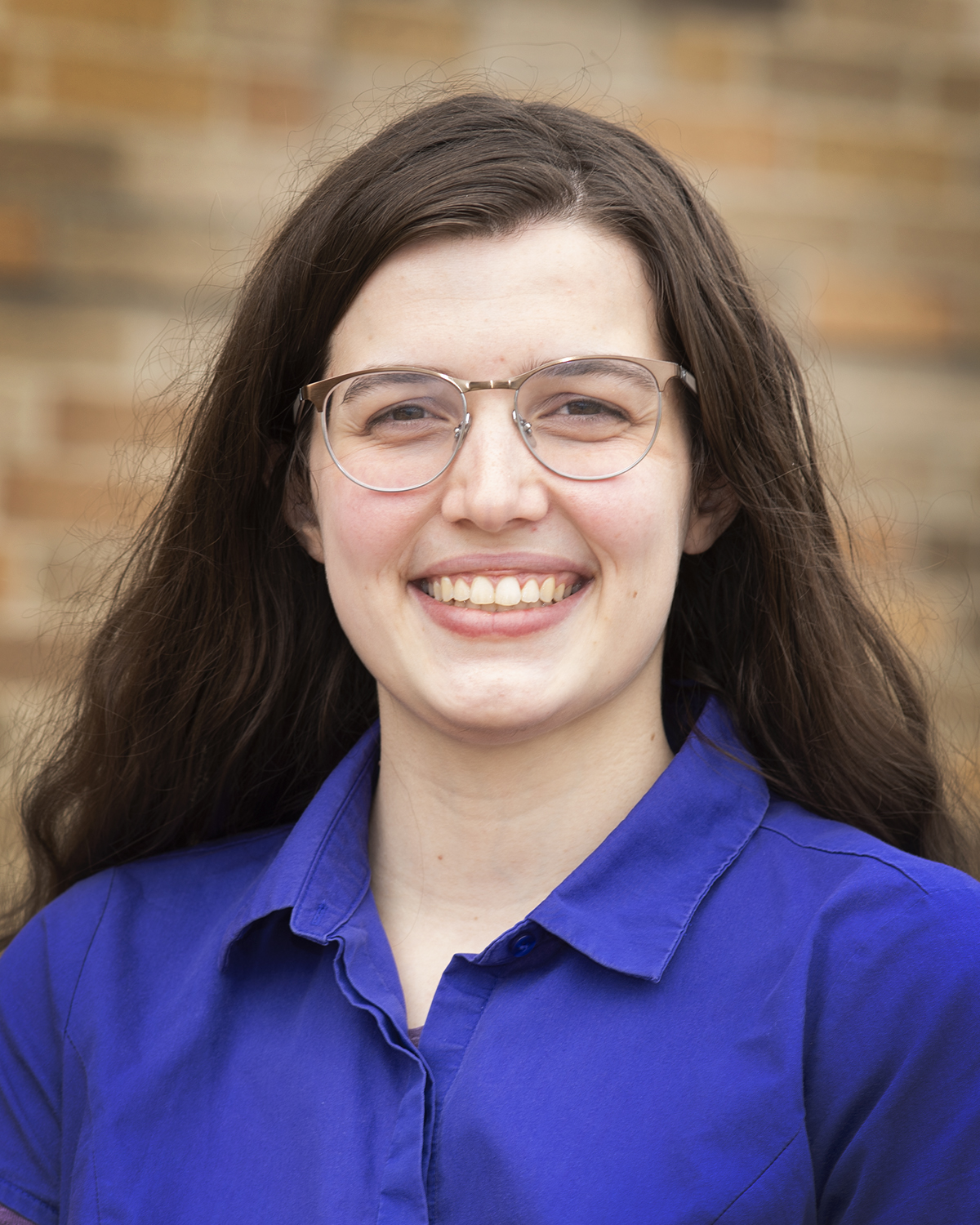Tissue Engineering
Characterizing and Controlling Calcium Signaling Dynamics in Lymphatic Endothelial Cells
(L-448) Characterizing and Controlling Calcium Signaling Dynamics in Lymphatic Endothelial Cells
- KM
Kailee B. Mendiola (she/her/hers)
Undergraduate Student
The University of Texas at San Antonio
Corpus Christi, Texas, United States 
Eva Hall, BS (she/her/hers)
Graduate Student
University of Notre Dame, United States- SS
Satyajyoti Senapati
Research Associate Professor
University of Notre Dame, United States - HC
Hsueh-Chia Chang
Professor
University of Notre Dame, United States 
Donny Hanjaya-Putra, PhD (he/him/his)
Assistant Professor
Univeristy of Notre Dame
South Bend, Indiana, United States
Presenting Author(s)
Co-Author(s)
Primary Investigator(s)
Intracellular communication is an important concept that maintains homeostasis within the body and is crucial for vascular regeneration. Lymphatic endothelial cells (LECs) undergo a process called lymphangiogenesis, which is the formation of new lymphatic vessels. Lymphatic vasculature plays a major role in immune cell trafficking and balancing fluids. Impaired lymphangiogenesis can play a role in many diseases, including lymphedema, and cancer1. Unlike blood vasculature, little is known about the role of calcium (Ca2+) signaling dynamics within the LECs under different physiological conditions2. By characterizing the Ca2+signaling dynamics within LECs under different physiological stressors, it may provide an understanding for prospective controlled lymphangiogenesis and subsequently tissue regeneration3.
Materials and Methods::
Preliminary work showed stochastic Ca2+ spiking within the LECs in Polydimethylsiloxane (PDMS) glass-bottom microfluidic chips. The same chips were used for depletion of calcium ions in the media by using ion-exchange membrane (IEM) technology that is selective for Ca2+ to control the cellular action potential4. Next, the effects of acetylcholine (Ach), a neurotransmitter that can open intracellular pathways, on Ca2+ signaling within LECs were observed. The LECs were seeded at four different concentrations of Ach: 3, 20, 50, and 100 uM. Lastly, the cells were seeded in a monolayer and scratched to create a “wound.” The cells were dyed with Calbryte 250 AM and live-imaged for an hour at most considering the dye is a catalyst for cell death.
Results, Conclusions, and Discussions::
In untreated samples, some level of correlation was seen. However, it was relatively low levels and tended to trend towards lower correlation values (Fig. 2 Right). Ion-depletion of the cellular environment improved the correlation of spiking between the individual cells. There was a notable increase in the number of cells with correlation values greater than 0.7 (Fig. 6). The greater the concentration of Ach had moderately improved correlation of signaling between the cells and it greatly improved the fraction of cells experiencing signaling overall compared to the lower concentration (Fig. 8). The LECs experiencing Ca2+ signaling in the wound assay show a higher correlation in a successive direct path following the direction of the wound (Fig. 9). In summary, in homeostasis the LECs produced irregular spiking, ion depletion induced simultaneous wave-like signaling, Ach increased the number of cells spiking and correlation between the signaling, and physical wounding generated sequential linear signaling following the direction of the wound.
Through this we have not only begun characterizing the parameters that influence Ca2+ signaling within LECs but have also exhibited a potential to control the signaling dynamics. Next steps are to observe signaling patterns under flow-like conditions and gather this information from different endothelial and endothelial progenitor cells for comparison. A deeper understanding the intracellular communication characteristics provides comprehension needed for controlled lymphangiogenesis and future applications in tissue regeneration.
Acknowledgements (Optional): : We would like to thank our collaborators: Dr. Zartman & Dr. Chang and funding from NIH, NSF, AHA, & Indiana CTSI
References (Optional): : 1. Wang, Y. & Oliver G. Current views on the function of the lymphatic vasculature in health and diseases. Genes Dev. 24, 2115-2126 (2010).
2. Alderfer, L., Wei, A. & Hanjaya-Putra, D. Lymphatic Tissue Engineering and Regeneration. Journal of Biological Engineering. 12, 32 (2018).
3. Alderfer, L., Russo, E., Archilla, A., Coe, B. & Hanjaya-Putra, D. Matrix stiffness primes lymphatic tube formation directed by vascular endothelial growth factor-C. The FASEB Journal. 35 e21498 (2021).
4. Yadav, V. et al. Constant-potential environment for activating and synchronizing cardiomyocyte colonies with on-chip ion-depleting perm-selective membranes. Lab Chip. 20, 4273-4284 (2020).
